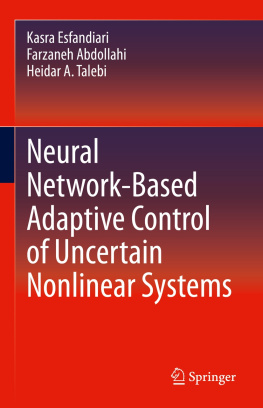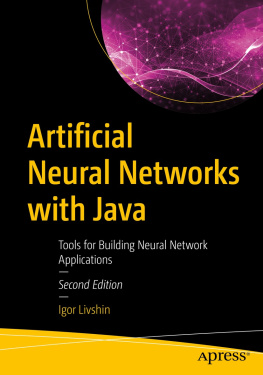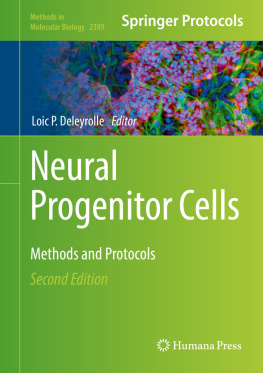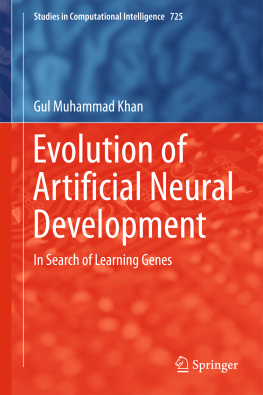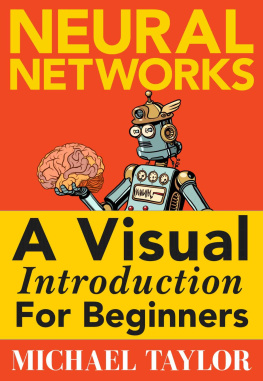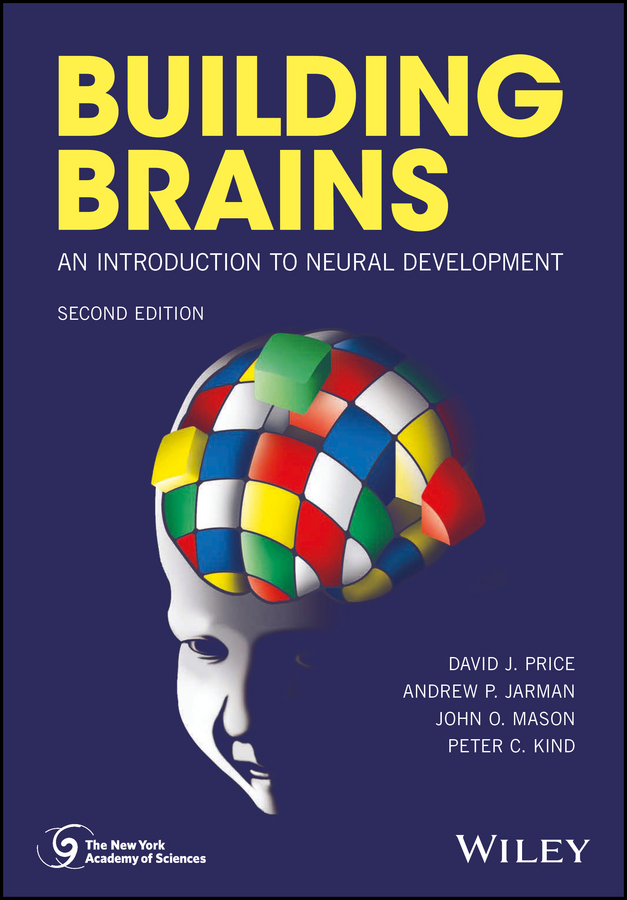Jarman Andrew P. - Building brains an introduction to neural development
Here you can read online Jarman Andrew P. - Building brains an introduction to neural development full text of the book (entire story) in english for free. Download pdf and epub, get meaning, cover and reviews about this ebook. City: Hoboken;NJ Chichester, year: 2017;2018, publisher: John Wiley & Sons, Incorporated, genre: Home and family. Description of the work, (preface) as well as reviews are available. Best literature library LitArk.com created for fans of good reading and offers a wide selection of genres:
Romance novel
Science fiction
Adventure
Detective
Science
History
Home and family
Prose
Art
Politics
Computer
Non-fiction
Religion
Business
Children
Humor
Choose a favorite category and find really read worthwhile books. Enjoy immersion in the world of imagination, feel the emotions of the characters or learn something new for yourself, make an fascinating discovery.

- Book:Building brains an introduction to neural development
- Author:
- Publisher:John Wiley & Sons, Incorporated
- Genre:
- Year:2017;2018
- City:Hoboken;NJ Chichester
- Rating:5 / 5
- Favourites:Add to favourites
- Your mark:
Building brains an introduction to neural development: summary, description and annotation
We offer to read an annotation, description, summary or preface (depends on what the author of the book "Building brains an introduction to neural development" wrote himself). If you haven't found the necessary information about the book — write in the comments, we will try to find it.
Building Brains: An Introduction to Neural Development, 2nd Editiondescribes how brains construct themselves, from simple beginnings in the early embryo to become the most complex living structures on the planet. It explains how cells first become neural, how their proliferation is controlled, what regulates the types of neural cells they become, how neurons connect to each other, how these connections are later refined under the influence of neural activity, and why some neurons normally die. This student-friendly guide stresses and justifies the generally-held belief that a greater knowledge of how nervous systems construct themselves will help us find new ways of treating diseases of the nervous system that are thought to originate from faulty development, such as autism spectrum disorders, epilepsy, and schizophrenia.
A concise, illustrated guide focusing on core elements and emphasizing common principles of developmental mechanisms, supplemented by suggestions for further reading Text boxes provide detail on major advances, issues of particular uncertainty or controversy, and examples of human diseases that result from abnormal development Introduces the methods for studying neural development, allowing the reader to understand the main evidence underlying research advances Offers a balanced mammalian/non-mammalian perspective (and emphasizes mechanisms that are conserved across species), drawing on examples from model organisms like the fruit fly, nematode worm, frog, zebrafish, chick, mouse and human Associated Website includes all the figures from the textbook and explanatory movies Filled with full-colorartwork that reinforces important concepts; an extensive glossary and definitions that help readers from different backgrounds; and chapter summaries that stress important points and aid revision,Building Brains: An Introduction to Neural Development, 2nd Editionis perfect for undergraduate students and postgraduates who may not have a background in neuroscience and/or molecular genetics.
This elegant book ranges with ease and authority over the vast field of developmental neuroscience. This excellent textbook should be on the shelf of every neuroscientist, as well as on the reading list of every neuroscience student.
--Sir Colin Blakemore, Oxford University
With an extensive use of clear and colorful illustrations, this book makes accessible to undergraduates the beauty and complexity of neural development. The book fills a void in undergraduate neuroscience curricula.
--Professor Mark Bear, Picower Institute, MIT.
Highly Commended, British Medical Association Medical Book Awards 2012
Published with the New York Academy of Sciences
Jarman Andrew P.: author's other books
Who wrote Building brains an introduction to neural development? Find out the surname, the name of the author of the book and a list of all author's works by series.


